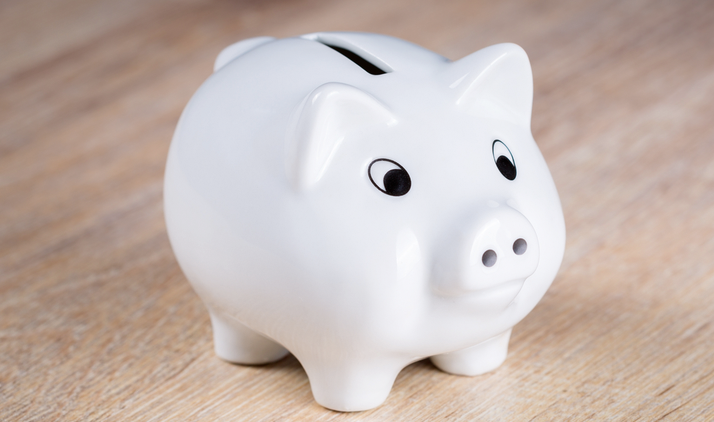
Why Paper Checks Are Here to Stay

When was the last time you waited in line to cash a paycheck? While the majority of U.S. workers are paid electronically via direct deposit, a sizeable number still prefer traditional paper checks. This summer, Namely shipped a whopping 8,200 paychecks to its payroll clients. Despite reports to the contrary, it looks like paper is here to stay.
So with all the alternatives available, why are traditional checks still a part of modern payroll processing? We outline some of the reasons below.
Underbanked Households
Signing up for direct deposit sounds so much easier than waiting in line for a bank teller—but what if you don’t have a bank account to begin with?
According to the Federal Deposit Insurance Corporation (FDIC), nearly 20 percent of American households are “underbanked,” meaning they either do not own or actively use a checking or savings account. This number has remained steady over the last decade, likely for a number of reasons. High start-up costs, overdraft fees, and 2008’s financial crisis have all been floated as potential explanations for Americans’ apparent distrust of the banking system.
While the above might play a supporting role, the real reason is much starker: per a recent FDIC survey, most of these households just don’t have enough money on hand to avoid regularly incurring low balance penalties. In the American Payroll Association’s words, most paper check recipients are literally living paycheck to paycheck.
Other Factors
There are a number of other reasons why individuals opt for paper, some more sensitive than others. In the hospitality industry, employees often prefer to receive their tips as a separate check payment. Additionally, companies whose operations are mostly seasonal may not deem it worthwhile to invest in direct deposit or the software needed to administer it. Initial direct deposit setup fees can range from $50 to $150 per company, depending on the size of the business and the specific bank involved. There are also fees associated with each deposit—on average, about $1.50 per employee. Note that it’s an industry standard for payroll providers to shoulder these fees for you.
Sometimes, the decision to go with paper goes beyond just simple employee preference. In California and other states, employers are required to pay out terminated employees on their last day of employment, and will often do so by cutting a check in-house. Immigration status can also play a role. Undocumented workers, worried about sharing their sensitive personal information with a bank, may opt to receive their earnings via paper checks or cash. Realizing this, a number of banks have started to accept alternative forms of identification, like an Individual Taxpayer Identification Number (ITIN) or municipal ID cards.
For whatever reason, many employees still view physical paychecks as more tangible recognition for their hard work. That’s partly why paycheck vendors see such a huge spike in business in December and January, or bonus season. Even to some HR departments, handing out checks at the company holiday party somehow seems more meaningful and personal than any electronic alternative.
Providing Alternatives
Printing checks every pay cycle can come with budgetary and environmental costs. Boston University’s HR department recently crunched the numbers and found that phasing out traditional checks would save it nearly $50,000 per year, not to mention over 3,000 pounds of paper. But while it might be tempting to mandate one form of payment over another, it’s important to note that federal, state, and local laws offer varying employee protections around choice.
At the federal level, businesses are permitted to require direct deposit adoption, as long as workers can use a bank account of their choosing. If an employer wants to require employees to use a certain bank account (to avoid incurring direct deposit fees), only then must it offer an alternative form of payment.
State and local laws are much more restrictive—in New York, for example, employers must offer cash or check payments in addition to direct deposit. Most states have some variant of this rule, with some also requiring that new hires receive a written direct deposit consent form during their onboarding process. Check with your respective state labor department to confirm local rules.

While physical checks are still preferred by a subset of U.S. workers, alternative payment methods like paycards continue to grow in popularity. Learn more about all of the options available to employers in Namely’s recently published Definitive Guide to Payroll.

See how Namely's flexible solution will help you streamline your HR processes by having your people, payroll, and benefits info all in on place.
Get a demoYou May Also Like
Get the latest news from Namely about HR, Payroll, and Benefits.
Thanks for subscribing!


Get the latest news from Namely about HR, Payroll, and Benefits.
Thanks for subscribing!



